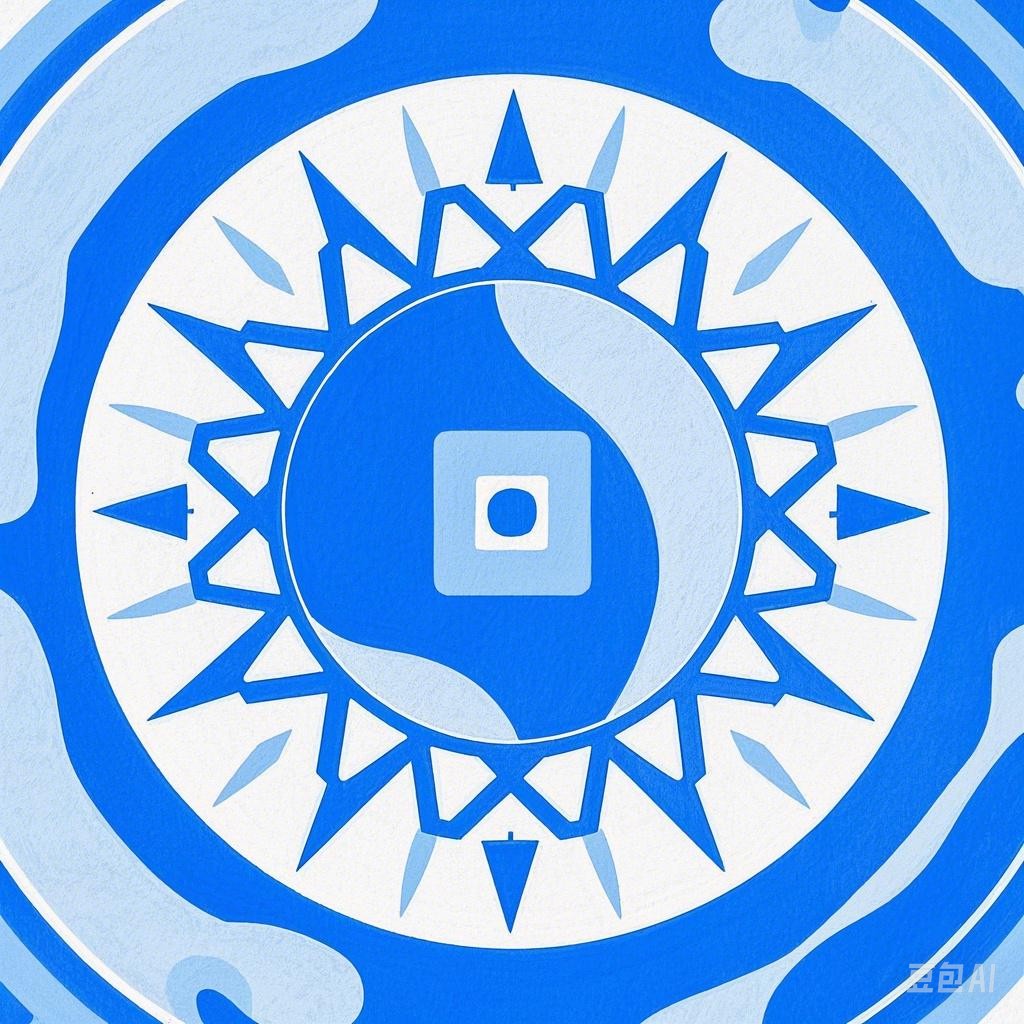The Spring Festival, also known as Chinese New Year, is one of the most significant and widely celebrated festivals in China and among Chinese communities worldwide. It symbolizes the renewal of life, the victory of good over evil, and the gathering of family. This article delves into the deep meaning behind the Spring Festival, its historical roots, traditional customs, and the ways it is celebrated today.
Historical Roots of the Spring Festival
The Spring Festival has its origins in ancient agricultural practices and is deeply rooted in Chinese mythology. It was originally a celebration of the end of the winter solstice and the beginning of spring, a time when farmers would return from their fields and prepare for the new planting season. The festival was also a time to honor the gods and ancestors, seeking their blessings for the coming year.
The Legend of Nian
One of the most famous legends associated with the Spring Festival is the story of Nian, a mythical beast that would come out to terrorize villagers at the end of the year. According to the story, Nian was afraid of the color red, loud noises, and the light of fire. To protect themselves, villagers would decorate their homes with red lanterns, set off fireworks, and make loud noises to scare away Nian. This tradition has become a central part of the Spring Festival celebrations.
Traditional Customs
The Spring Festival is filled with a variety of traditional customs and practices that are meant to bring good fortune, happiness, and prosperity to the family.
Reunion Dinner
The most important event of the Spring Festival is the reunion dinner, also known as the “Night of a Thousand Years.” It is a time for family members to gather and enjoy a sumptuous feast together. The dinner typically includes a variety of dishes, each with symbolic meanings. For example, fish symbolizes abundance, dumplings represent wealth, and spring rolls symbolize prosperity.
Red Decorations
Red is the dominant color of the Spring Festival, as it is believed to ward off evil spirits. Homes are decorated with red lanterns, couplets (pairs of red scrolls with auspicious sayings), and paper cuttings. These decorations are not only beautiful but also serve as a reminder of the festival’s auspiciousness.
Fireworks and Firecrackers
Fireworks and firecrackers are an integral part of the Spring Festival celebrations. They are set off to scare away evil spirits and to bring good luck. The sound of fireworks can be heard across the country on New Year’s Eve and the first few days of the new year.
Modern Celebrations
In modern times, the Spring Festival has evolved to include new customs and practices, while still maintaining its traditional essence.
Digital Celebrations
With the advent of the internet and social media, the Spring Festival has become a digital event as well. People share their New Year greetings and wishes on social media platforms, and some even host virtual reunions with family members who are unable to travel.
Cultural Exchanges
The Spring Festival has also become an occasion for cultural exchanges. Many Chinese communities around the world host events and celebrations to share their traditions with others. This has helped to preserve and promote Chinese culture on a global scale.
Conclusion
The Spring Festival is a time of joy, renewal, and reflection. It is a celebration of life, family, and the hope for a better future. As we rediscover the timeless magic of the Spring Festival, we are reminded of the deep connections that bind us to our past and to each other.
